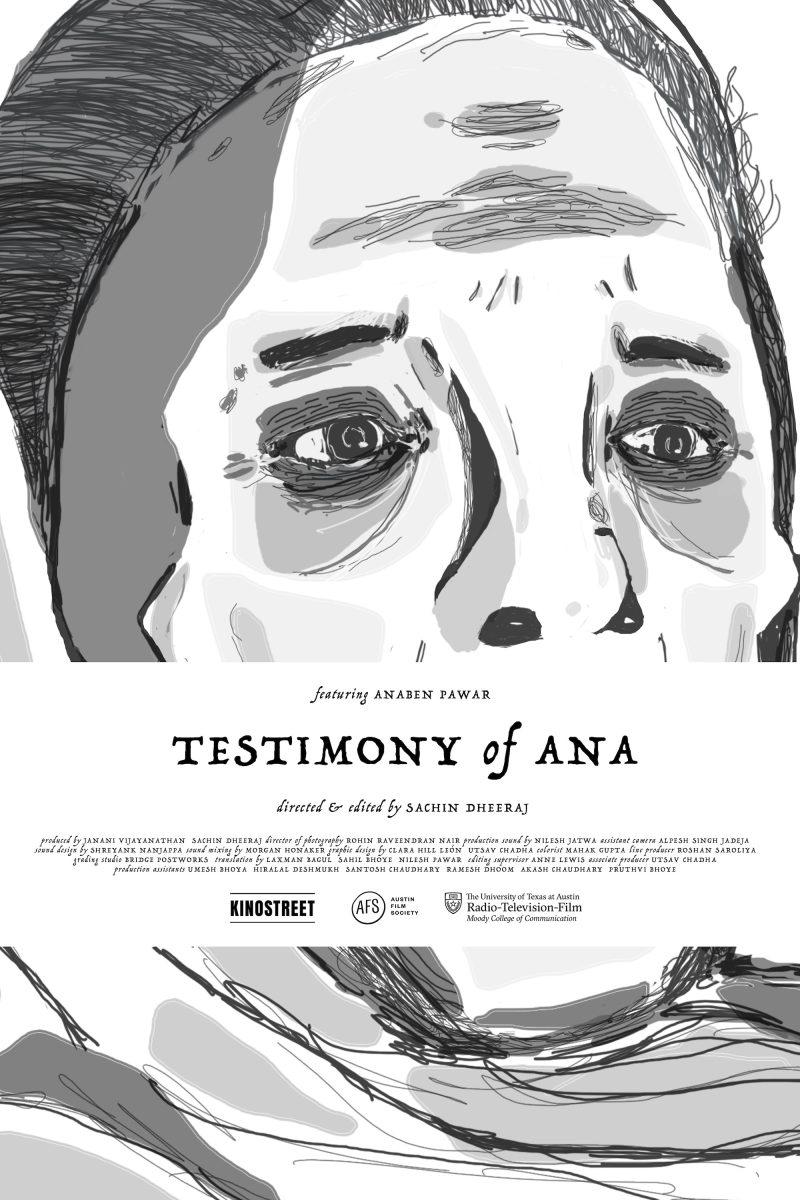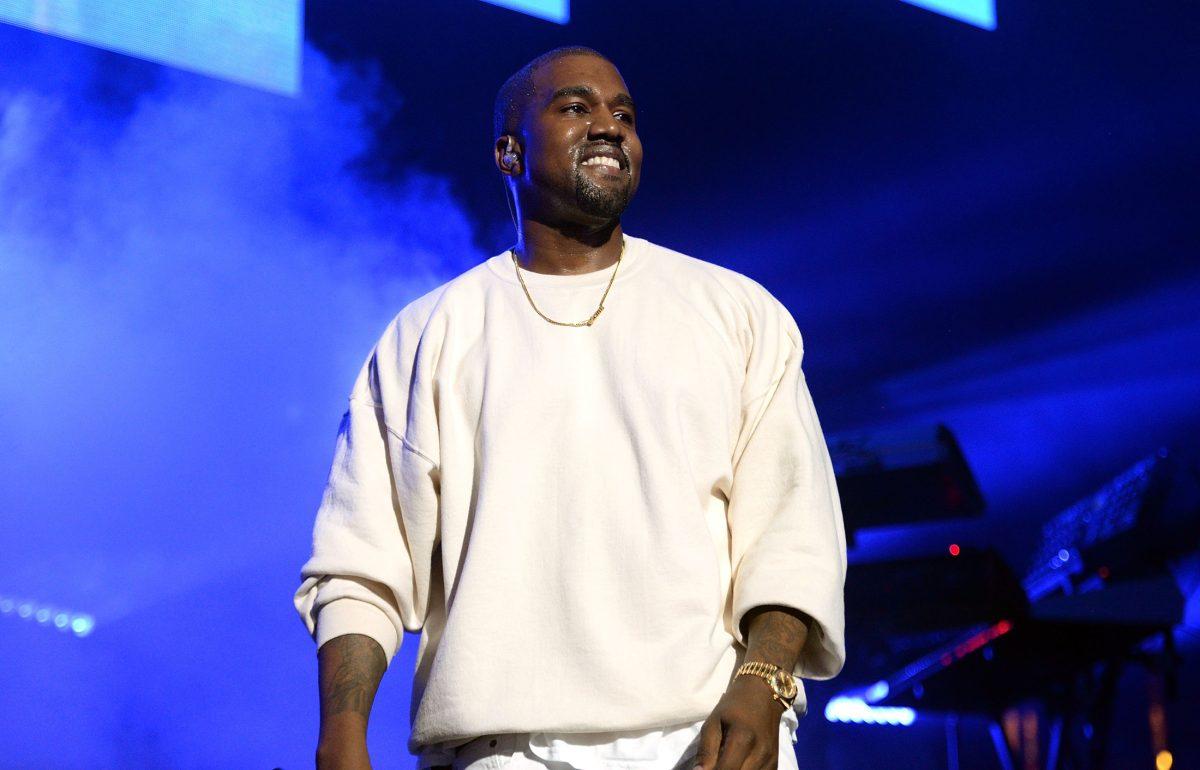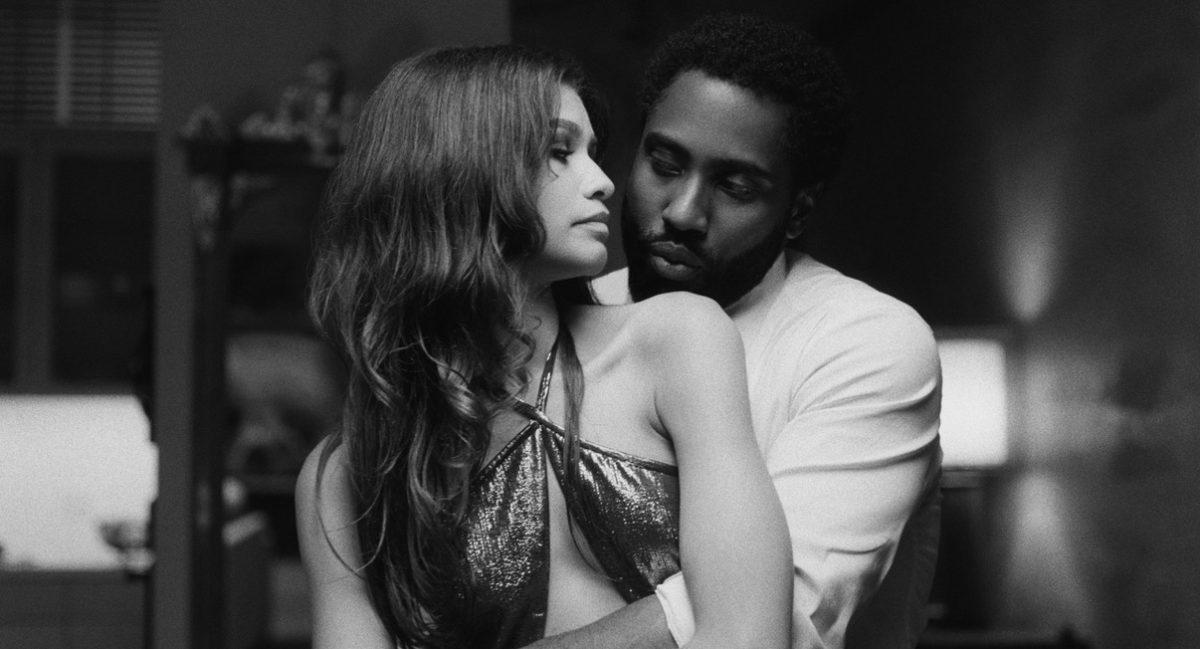The power of originality in filmmaking — crafting never-before-seen characters in unpredictable circumstances— is more often than not ambushed, tied up and skewered again and again by the very people it was created to impress.
Despite the streaming giant’s overwhelming success of Indies and Originals, Netflix’s attempts at international crossovers have been met with a constant poisoning of the well — and “The Outsider” is no different. Thus, before this conceptually captivating tale enhanced by an equally talented Jared Leto is even released, the film is blanketed with falsities like “white-washing” and “fetishizing.”
“The Outsider” follows Nick Lowell (Leto), an American soldier who is imprisoned in an Osaka prison in post-World War II Japan. After being released from prison by the Shiromatsu Yakuza, this soldier enters the dark and violent world of the yakuza, adopting their way of life in repayment for his freedom.
Netflix’s new historical crime thriller goes against the grain, rebelling against the tiresome trend of inhibiting creativity when it pertains to adopting a particular culture, and creating a narrative that logically works and is enjoyable to watch. While this film has its flaws, “The Outsider” is undeserving of the unsound presumptions thrown at it. Complaints of not hiring “an American-Asian actor” for this type of story traveled down the moviegoer grapevine, when in truth, considering the fact that the story followed an American soldier captured and imprisoned by the Japanese during a time in which Japan and America were not allies, this “advice” is unreasonable.
While cultural assimilation in a film is nothing new, the film’s direction leaves a satisfying aftertaste, prompting whoever is watching it to question whether they would do the same thing considering the dire circumstances. “The Outsider’s” delivery — depicting how an American military man, who has clearly been through some long-term identity-stripping in prison, becomes part of a culture that equally despises him as it welcomes him — is psychologically stimulating on the part of Leto’s character and simultaneously entertaining when a swift show of violence takes hold of a scene.
Another positive is the silence. Although some who were expecting this film to be nothing more than a cookie-cutter story featuring a white guy swinging a sword around and speaking some Japanese also denounced “The Outsider” for wasting Leto’s talent on a character who says only a few lines; I see it differently. Leto’s ability to carry a film with more facial tics than words did what was intended and made Nick all-the-more unsettling and intriguing and Leto all-the-more desirable as an actor.
Lines do not dictate film quality. Characters like Edward Scissorhands, Melinda in “Speak,” Groot from “Guardians of the Galaxy,” and Max from “Mad Max: Fury Road,” are show-stealers for their “silent” personas, and Nick from “The Outsider” shares this trait. It is his silence that makes him more unpredictable—and a bit frightening. From the very beginning, you can understand Nick’s motivations, but the film intentionally leaves the viewers in the dark, a misleading camera shot here, a blank expression there before fists start flying and bodies hit the floor.
It is because this man of few words is so striking that most found it disappointing that “The Outsider” does not touch on his backstory. However, much like Max, Furiosa and the other characters in “Mad Max: Fury Road,” his left-out backstory is all part of the film’s design, a design completely overlooked by those who are too obsessed with developmental exposition. It makes sense that a prisoner of war would become disillusioned with his base identity and would want to adopt a new one—in this case, that of a yakuza.
The less interesting cast collectively added to the historical curiosity surrounding the aftermath of WWII and the double-edged lifestyle of those living a life of crime. Director Martin Zandvliet (“Land of Mine” and “Applause”) and writers John Linson (original idea) and Andrew Baldwin (screenplay) created a self-aware piece of work depicting the postwar Japanese-American dynamism in less of a flashy, “fetishizing” fashion and more in a clear-cut “you live or you die” way.
If you did not already jump on the hate-this-film bandwagon, “The Outsider” will surprise you. The film’s swift brutality, beautiful sets and psychological subtleties all wrapped around a story that addresses timely themes like age and culture clashes makes “The Outsider” a satisfying experience for those who love historical and character-driven films and are also willing to think from time to time. What this film brings to the table and distinguishes it on Netflix completely overshadows its blown-out-of-proportion flaws. “The Outsider,” like many other films that were unjustly destroyed by critics, will only add to the growing list of skeptical movie-goers. While I recommend watching this film on a Friday or Saturday night whenever you have time to rewind one those more surprising moments, I more so recommend it to those with a more contemplative mindset in order to understand this delicately constructed web of entertainment.













